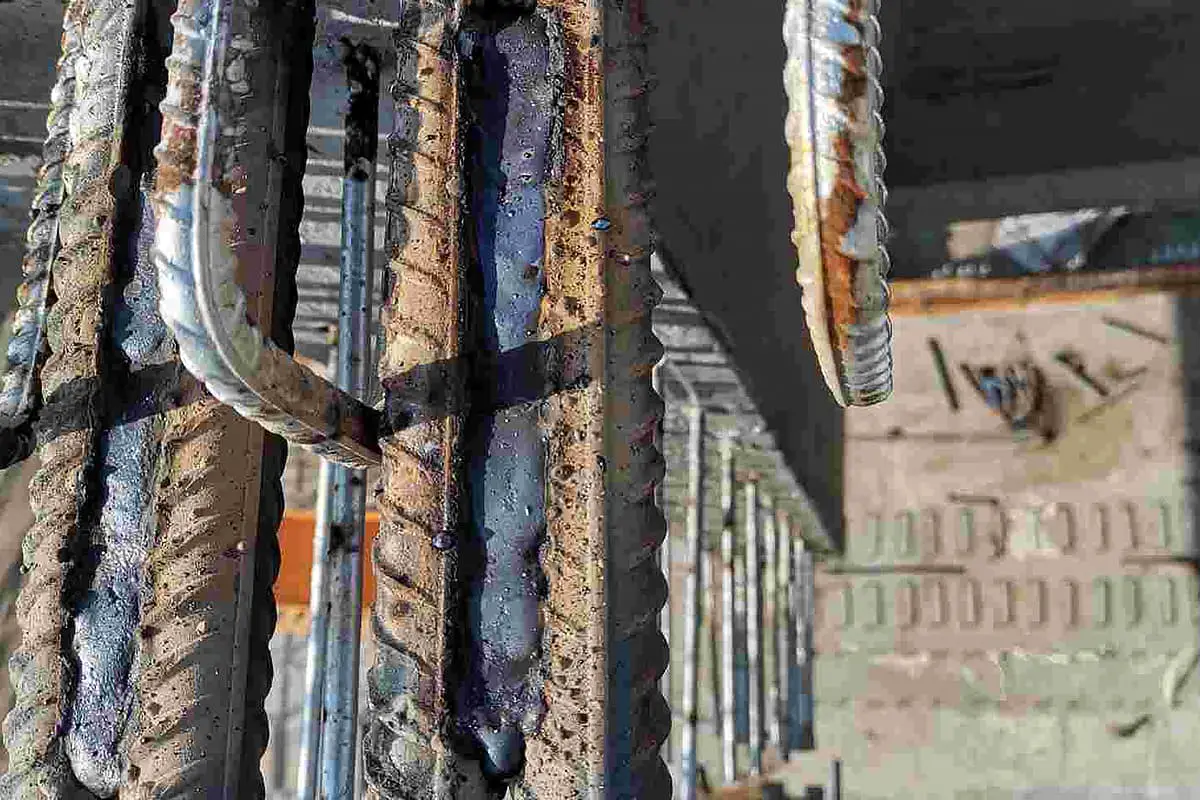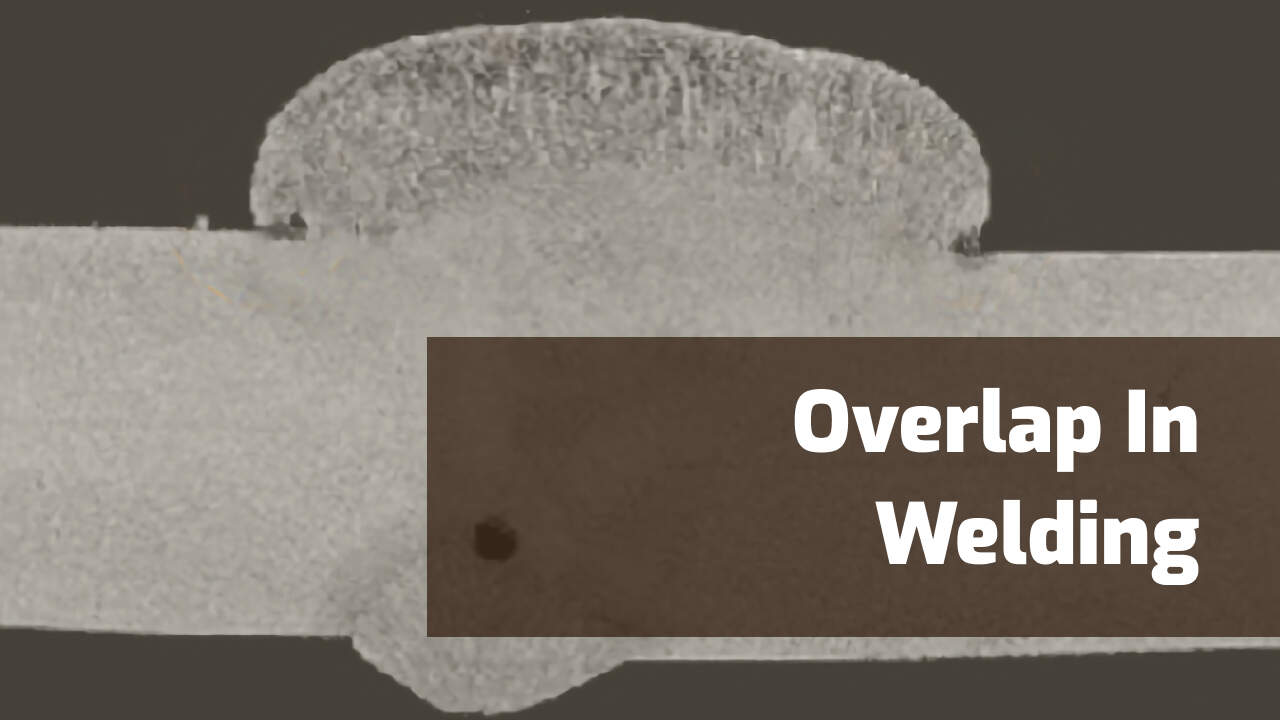Step-by-Step Guide to Preventing Weld Undercut in Different Metals
Step-by-Step Guide to Preventing Weld Undercut in Different Metals
Blog Article
Comprehending the Causes and Solutions for Undercut Welding in Metal Construction Procedures
In the realm of metal construction processes, the occurrence of undercut welding positions a considerable difficulty that requires a detailed understanding of its reasons and feasible options. The complex interplay of different variables throughout welding procedures can cause this unfavorable phenomenon, impacting the structural integrity and total top quality of the bonded joints - Preventing weld undercut. By exploring the source of undercut welding and checking out effective restorative procedures, producers can boost the standard of their handiwork and ensure the production of remarkable steel elements
Typical Reasons For Undercut Welding
Regularly neglected in steel manufacture, undercut welding occurs because of different variables that demand thorough interest and competence to be efficiently reduced. One common source of undercut welding is extreme warmth input. When the warm input is expensive, it can bring about the melting and succeeding erosion of the base product along the edges of the weld joint, developing a groove or undercut. Furthermore, improper welding methods, such as using the incorrect welding angle or travel speed, can likewise add to damage development. Insufficient securing gas protection is an additional essential variable that can lead to damaging. Insufficient gas insurance coverage fails to secure the weld pool appropriately, resulting in oxidation and undercut issues. The selection of welding parameters, such as voltage, present, and cord feed speed, plays a considerable duty in the occurrence of undercut welding. Comprehending these common causes is critical for implementing precautionary actions and guaranteeing top notch welds in steel fabrication processes.
Impact of Incorrect Welding Parameters
Unreliable welding specifications can considerably compromise the integrity and high quality of bonded joints in steel manufacture procedures. The effect of wrong welding parameters materializes in different ways, leading to structural weak points and defects in the welded elements. Careful focus to welding parameters is critical to make sure the manufacturing of high-quality welds with the desired mechanical residential properties and architectural honesty.
Result of Improper Torch Angle
Inappropriate lantern angle in welding procedures can substantially affect the high quality and integrity of the final weld joints in steel construction processes. Undercutting is an usual welding issue where a groove develops along the weld toe, compromising the joint and compromising its architectural honesty.
A lantern angle that is also high can result in inadequate penetration, insufficient blend, and boosted spatter. On the other hand, a torch angle that is also superficial can lead to extreme penetration, burn-through, and distortion of the base product. Preventing weld undercut. Appropriate torch angle is essential for making certain constant weld high quality, strength, and look
To stop undercutting and various other flaws caused by inappropriate torch angles, welders must be educated to preserve the correct lantern angle throughout the welding process. Normal tracking and adjustment of lantern angles during welding can aid achieve audio welds with very little flaws.
Role of Inadequate Welding Techniques

One more element of poor welding techniques is incorrect weld prep work. Poor cleaning of the base steels, wrong joint style, or insufficient side preparation can all add to undercut welding. Moreover, insufficient protecting gas insurance coverage or making use of the wrong kind of gas can lead to insufficient fusion and the development of undercut defects.
To resolve the role of inadequate welding strategies in steel manufacture processes, it is necessary to give detailed training for welders. Proper education on welding specifications, joint check this preparation, and securing gas choice can assist prevent undercut welding and guarantee premium welds in steel construction tasks.
Efficient Solutions for Undercut Welding
Resolving undercut welding in steel manufacture needs implementing efficient remedies to improve weld top quality and architectural stability. Among the key options to deal with undercut is to adjust welding specifications such as voltage, present, and take a trip speed to ensure correct warmth input and combination. By fine-tuning these settings, welders can protect against too much melting of the base metal and filler product, decreasing the probability of undercut development.
In addition, correct joint preparation is crucial in stopping undercut. Making sure tidy base metal surface areas free of pollutants and utilizing the ideal bevel angle can help advertise better weld infiltration and lower the threat of undercut - Preventing weld undercut. Utilizing appropriate welding techniques, such as oscillating the lantern or weaving, can also help in dispersing warm evenly and loading the weld joint effectively, decreasing the possibility of undercut flaws
Moreover, selecting the proper welding consumables, including electrodes and filler metals, is necessary in mitigating undercut. Using products with proper chemical structures and mechanical properties can add to achieving sound Read Full Report welds with minimal undercut. Regular assessment and top quality control measures ought to additionally be applied to discover and deal with undercut concerns promptly, ensuring the total stability of fabricated metal components.

Verdict
In final thought, recognizing the causes and remedies for undercut welding in steel fabrication procedures is crucial for attaining top quality welds. By attending to usual causes such as incorrect welding criteria, improper torch angle, and poor welding methods, welders can avoid undercutting and guarantee strong, sturdy welds. It is important to take notice of these factors and apply effective options to boost the overall welding procedure and end product top quality.

Report this page